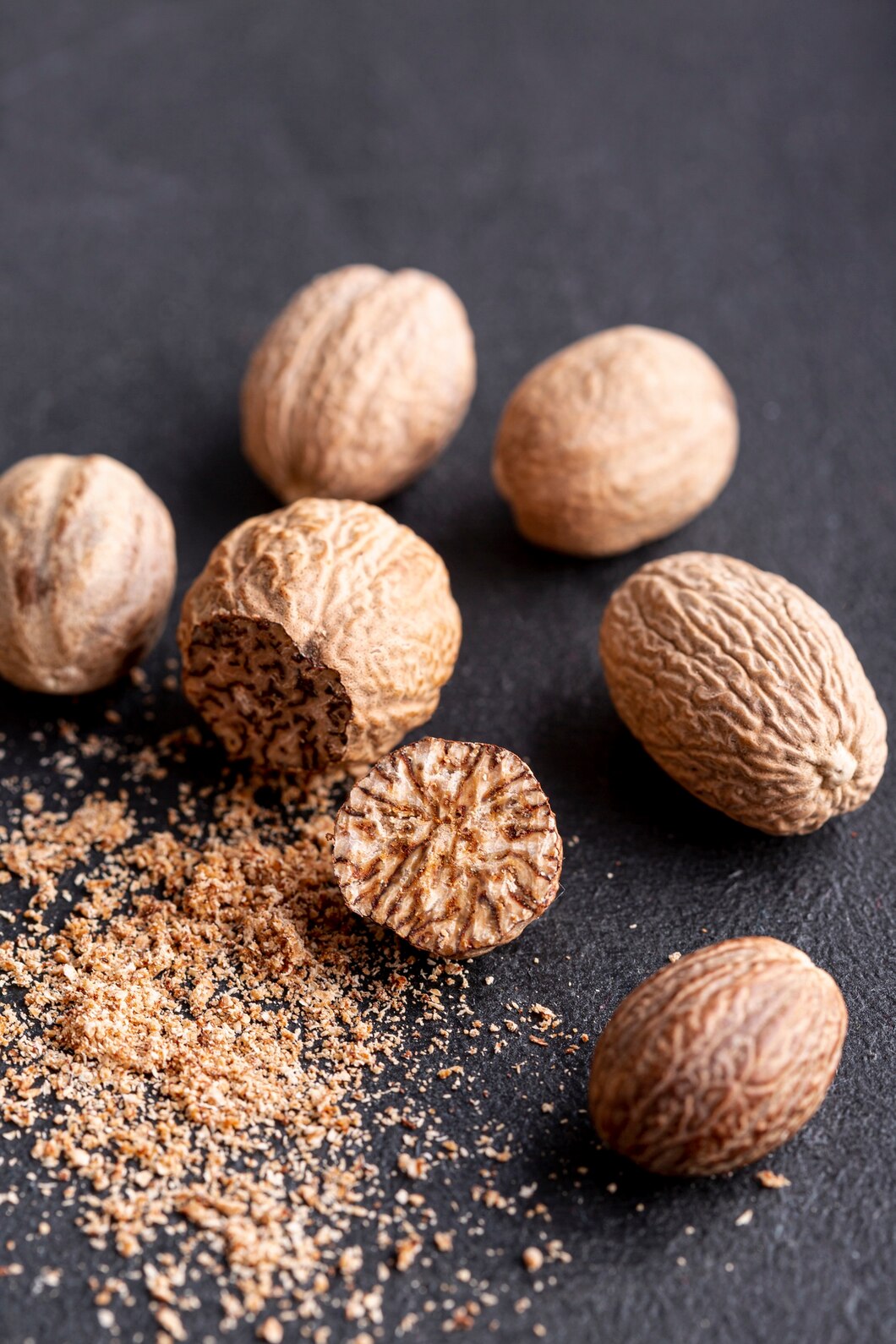Many of the foods we enjoy regularly may seem harmless but can actually pose serious health risks when consumed improperly or in excessive amounts. While these foods are typically safe when prepared correctly, they contain compounds that can be toxic under certain conditions. Here are 10 foods that are commonly found in diets around the world but have the potential to be poisonous.
1. Potatoes
Potatoes contain a natural toxin called solanine, which can be harmful if consumed in large amounts. Solanine is more concentrated in green potatoes and sprouted potatoes, making them potentially poisonous. Eating a high dose of solanine can lead to nausea, vomiting, and even neurological symptoms such as hallucinations.
2. Almonds
Bitter almonds, which are not typically sold as regular almonds, contain amygdalin, a compound that can convert into cyanide when ingested. While sweet almonds are safe, bitter almonds should be avoided as even a small amount can lead to cyanide poisoning, which is highly toxic.
3. Raw Kidney Beans
Raw or undercooked kidney beans contain a toxin called phytohaemagglutinin. This toxin can cause severe gastrointestinal distress, including nausea, vomiting, and diarrhea, within hours of consumption. Cooking the beans thoroughly removes the toxin and makes them safe to eat.
4. Cassava
Cassava, a root vegetable common in many African and Latin American diets, contains cyanogenic glycosides, which can release cyanide when not properly processed. To make cassava safe to eat, it must be peeled, soaked, and cooked thoroughly. Consuming raw or improperly prepared cassava can lead to cyanide poisoning.
5. Rhubarb Leaves
While rhubarb stalks are commonly used in desserts, the leaves contain oxalic acid, which is highly toxic. Eating rhubarb leaves can cause symptoms like difficulty breathing, seizures, and even kidney failure in severe cases. Always ensure that rhubarb leaves are discarded before cooking with the stalks.
6. Apple Seeds
Apple seeds contain amygdalin, the same compound found in bitter almonds, which can release cyanide when digested. While swallowing a few seeds by accident is unlikely to cause harm, consuming large amounts of apple seeds can be dangerous. It’s best to avoid eating them altogether.
7. Nutmeg
Nutmeg is a popular spice, but in large amounts, it can be toxic. It contains myristicin, a compound that can cause hallucinations, nausea, dizziness, and even seizures when consumed in excessive quantities. A small sprinkle in cooking is safe, but avoid using too much.
8. Cherry Pits
Cherry pits, like apple seeds, contain amygdalin, which can produce cyanide when ingested. Accidentally swallowing one or two pits is usually harmless since the pit’s hard shell is difficult to break down, but chewing and ingesting several pits can lead to cyanide poisoning.
9. Fugu (Pufferfish)
A delicacy in Japan, fugu or pufferfish contains a potent toxin called tetrodotoxin in its organs. This neurotoxin is deadly and has no known antidote. Only highly trained and licensed chefs are allowed to prepare fugu to ensure that no toxic parts of the fish are consumed. Even a small mistake can lead to fatal poisoning.
10. Mushrooms
While many mushrooms are safe and delicious, some wild mushrooms are highly poisonous. Foraging for wild mushrooms without proper knowledge can be extremely dangerous, as certain species, such as the death cap mushroom, can cause liver and kidney failure. Always ensure the mushrooms you consume are sourced from reputable suppliers or are edible varieties.
These 10 foods, though commonly found in various diets around the world, can be dangerous if not prepared or consumed properly. To stay safe, always follow recommended guidelines for cooking and processing these foods. Being aware of potential toxins in the foods you eat is essential for maintaining good health while still enjoying a diverse and delicious diet. When in doubt, seek advice from food safety experts or nutritionists to ensure you’re not inadvertently consuming harmful substances.








